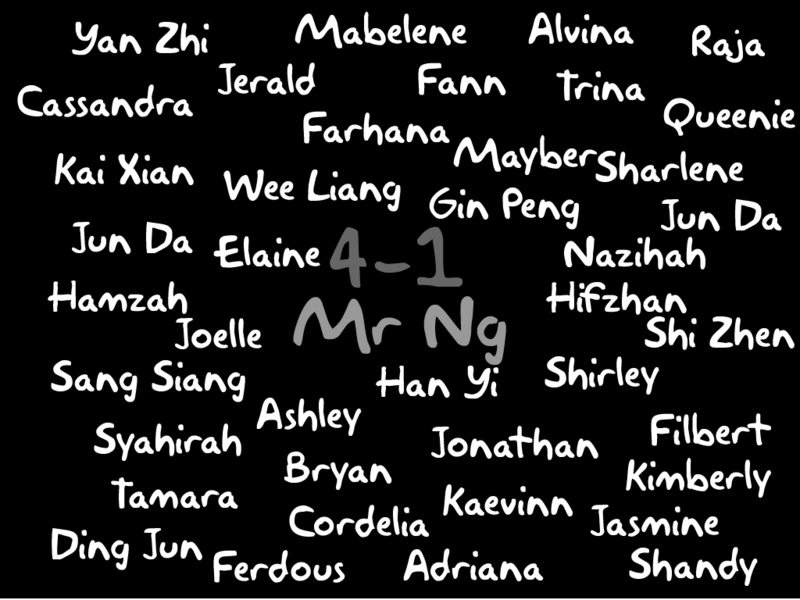
FROM next year, all nine primary schools offering the Gifted Education Programme (GEP) will be taking steps to get GEP pupils to mix more with those not in the programme.
GEP pupils will, on average, spend between a third and half their lesson time with their non-GEP peers.
The change follows a successful pilot project to encourage mixing, which has been running in two GEP primary schools since January.
The push for integration is in part a response to long-held criticism that the GEP is elitist and churns out students who have problems relating to their non-GEP peers.
Come next year, the nine GEP primary schools will encourage integration in either of two ways:
One is by putting GEP pupils with non-GEP pupils in the same form class, but pulling them out for core GEP classes in English, maths and science.
The other way is by keeping GEP pupils in their own classes, but getting them to join the other students for classes in physical education, art and music, among others.
Minister of State for Education Lui Tuck Yew, while visiting Nan Hua Primary, one of the nine GEP schools, said it was important to let pupils, especially brighter ones, mix with a wider group of people, so they can understand the challenges others face and find ways to learn from them.
Started in 1984, the GEP was aimed at enabling the top 1 per cent of each cohort to reach their full potential.
The programme will be discontinued in secondary schools next year, since the integrated programme schools have their own programmes for gifted students.
But GEP has continued to run in primary schools, said Rear-Admiral (NS) Lui, to uphold 'the philosophy and practice of having distinct programmes for students of higher ability'.
In recent years, letters to the press have voiced concerns that GEP students not mixing with students outside the scheme. A 2004 study of 16 GEP students by then-university student Don Shiau backed the discussion up by saying GEP students were ostracised by non-GEP ones.
At Nan Hua Primary, one of two GEP schools in this year's pilot project to encourage mixing, 44 Primary 4 GEP pupils have been 'twinned' with 45 of their non-GEP peers and divided into three classes. They attend the same classes, except in English, maths and science.
In order not to compromise academic rigour, the non-GEP pupils were picked from those in the top 2 to 5 per cent in GEP tests and from among those strong in English or maths.
The school's principal Lee Hui Feng said each of the three classes had equal numbers of GEP and non-GEP pupils, so neither group would 'feel that it was the majority, or feel lesser compared to the other'.
In a maths enrichment class yesterday, GEP pupil Celia Ong, 10, was helping Estee Leong, also 10, to build structures with plastic blocks.
Estee said it was interesting to 'work with GEP students'; Celia said she had made more friends as a result.
Overall, Rear-Adm Lui was pleased to see 'the familiarity' the pupils had with each other.
'They say they are really not so conscious of this labelling and tagging. They have a chance to interact with more students,' he said.
Besides Nan Hua and Tao Nan which were on the pilot project, Anglo-Chinese School (Primary) and Catholic High also made moves to integrate their GEP and non-GEP pupils this year.

No comments:
Post a Comment